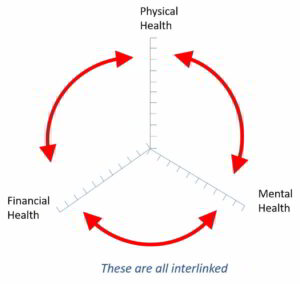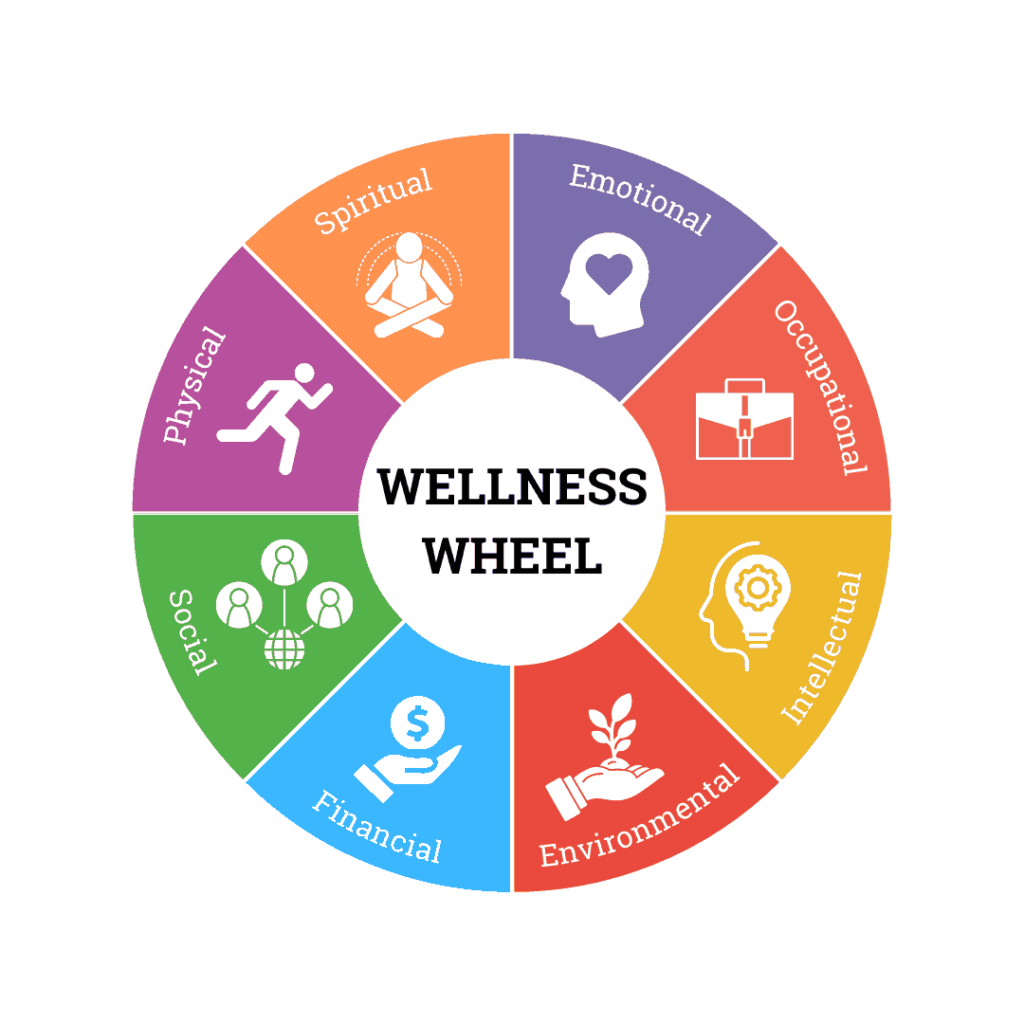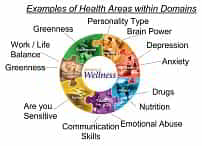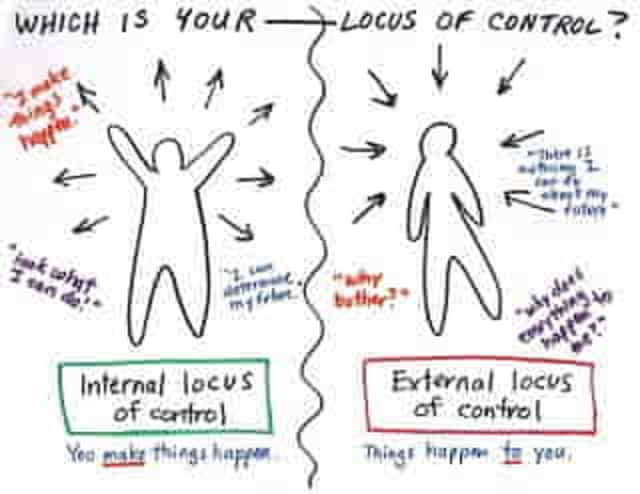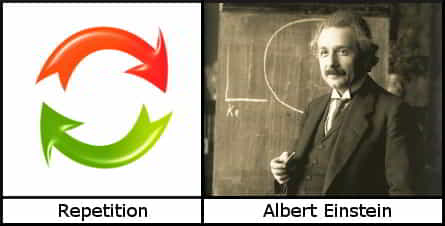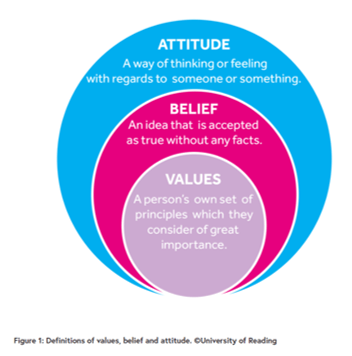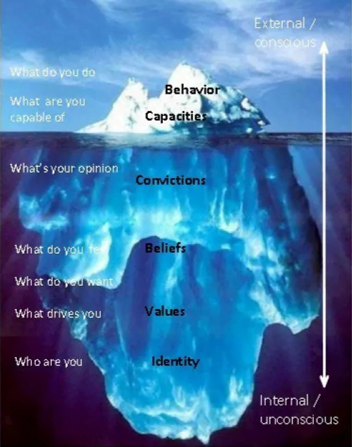Your Dashboard Tools
it's 06 Mar, 2025 6:30 am
Exercises for developing a healthy family finance
field_5f0c304c72876 - is the title of the exercise
Exercise Summary
FAMILY FINANCIAL FITNESS – published by Ron Blue and Jeremy White of Focus on the Family
It’s January. Resolution time. But have you noticed? Despite all the talk at this season of the year about losing weight, exercising more often, organizing closets, and getting out of debt, very few of us bother to take the first and most obvious step in the direction of achieving our objectives – we don’t set meaningful, written goals for ourselves. As a result, our determination tends to fizzle out by the time the first week of February rolls around.
If you really want to implement substantial changes in your life, you have to be intentional and proactive about it. The reactive approach (our normal human “default” mode) just doesn’t cut it. This is particularly true when it comes to managing money.
Anybody who has the responsibility of running a household knows that fiscal fitness is vital to the health and well-being of every family. To put it another way, family finance isn’t something to play around with or leave to chance. If your money situation has reached the point where you find yourself sweating the arrival of each new batch of bills – if you’re habitually operating in the red and lying awake nights wondering how you’re going to make ends meet – there’s no time like the present to take things firmly in hand. Remember, decisions determine destiny. Don’t just fret about your financial woes and worries. Take the bull by the horns and do something about them – right now, before the inspiration of the new year slips away!
Main Activity
Study, educate and create an action plan of activity
Living on a budget
Exactly how do you do that? The answer is simple. Before any more water passes under the bridge, you need to sit down with your spouse and establish a spending plan for the coming year. To put it more bluntly – and yes, we are about to hit you with one of the least popular and most dreaded of all personal financial concepts – you need to develop a family budget. It’s the only way to take control of your money, turn the Titanic around, and get things headed in a positive direction.
Basic strategy
What does it mean to live on a budget? In plain, common sense terms, it’s a matter of making sure that your income exceeds your outflow. If you spend more than you make, sooner or later your coffers will run dry. Either that, or you’ll sink into a hopeless pit of debt. “Living within your means” – that’s budgeting in a nutshell, with one important addendum: for a spending plan to be really successful, it has to include provisions for keeping your ship afloat even in the face of storms, emergencies, and other unexpected expenses.
Laying the groundwork
Let’s begin by talking about philosophical underpinnings. Before moving ahead it’s crucial to understand why you might want to develop a realistic spending plan. Budgeting isn’t just another word for old-fashioned stinginess. Instead, the financial approach we’re recommending is intended to be an outward expression of deep, inwardly held values and principles. It’s been said that genuine faith is what emerges when convictions are put into action. The same holds true in the financial
a) To answer the question, “How much is enough?,” you need to “know your finish lines.” Establish a firm idea of your family’s needs and goals. This is the best way to avoid falling into the trap of materialism.
b) Bear in mind that you will need to keep your eye on two different “finish lines:” short-term and long-term. Short-term “finish lines” will vary and change as your family moves through different stages of life. Your long-term “finish line” is the “net worth” you hope to achieve in order to become financially independent at retirement.
c) Remember that there are two ways to attain “enough”: you can accumulate more or desire less. The choice you make will have profound implications for your lifestyle and the values that guide your financial decisions in everyday life.
Mapping out your plan
Once you understand these Bible-based perspectives and are clear on your motives or reasons for taking an intentional, proactive approach to family finances, you’re ready to begin. Here are the steps you’ll need to follow from this point forward as you develop a workable budget plan.
Video
Title
Summary
Play
Now you have to decide if you want this exercise to be part of your action plan.
If you don’t, then either hit the back arrow or click the button to go back to look at another exercise.
If you do, then carry on down the page and follow the instructions.
If you want to include this exercise in your action plan, select Yes from on the right then click the green button saying ‘Include this exercise’.
Sadly you’ll go back to the top of this page – please scroll down and fill in the bits that appear before here.
Select the action plan you are working on
See the action plans you have created, and click the button to copy the action plan title in the one you want to associate this exercise with. A box will appear with the name of the action plan shown – click the grey button to the left of it. It will wobble and this will copy the title of the action plan into the clipboard. Then hit the X in the top corner to close that box.
Then click below where it says ‘Paste here’ and right click to paste the action plan title into the box and press the green button.
Test34 action plan called Before yoga
I need to prove how smart I am
LindaB action plan called test action plan
This is a test issue
Linda Contributor action plan called Testing an action plan
Test10 action plan called Testing new action plan
LindaB action plan called Let’s do this!
I feel I am too reserved and quiet and want to become more outgoing and deal with people better
Now you’ve copied the action plan title, paste it on the right and press the green button. After a short pause you will be taken to a page where you will set up your own version of this exercise.
Please bear with us while we set up your own version of this exercise. It will take a short while.
Now you’ve planned your exercise, you will be sent to the page for monitoring how you’re getting on with it.
Press the green button every time you want to add details of when you do the exercise. When you’ve decided how you feel about the exercise, you can fill in the last bits saying how you found it, then press the ‘Update Your Exercise’ button.
Add a comment
You can leave a comment below – we’ll get back to you.
